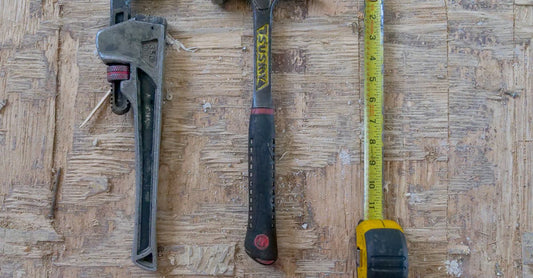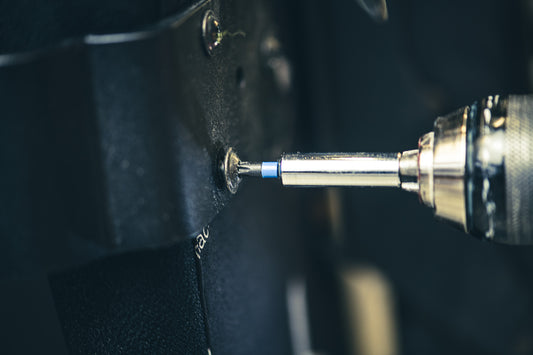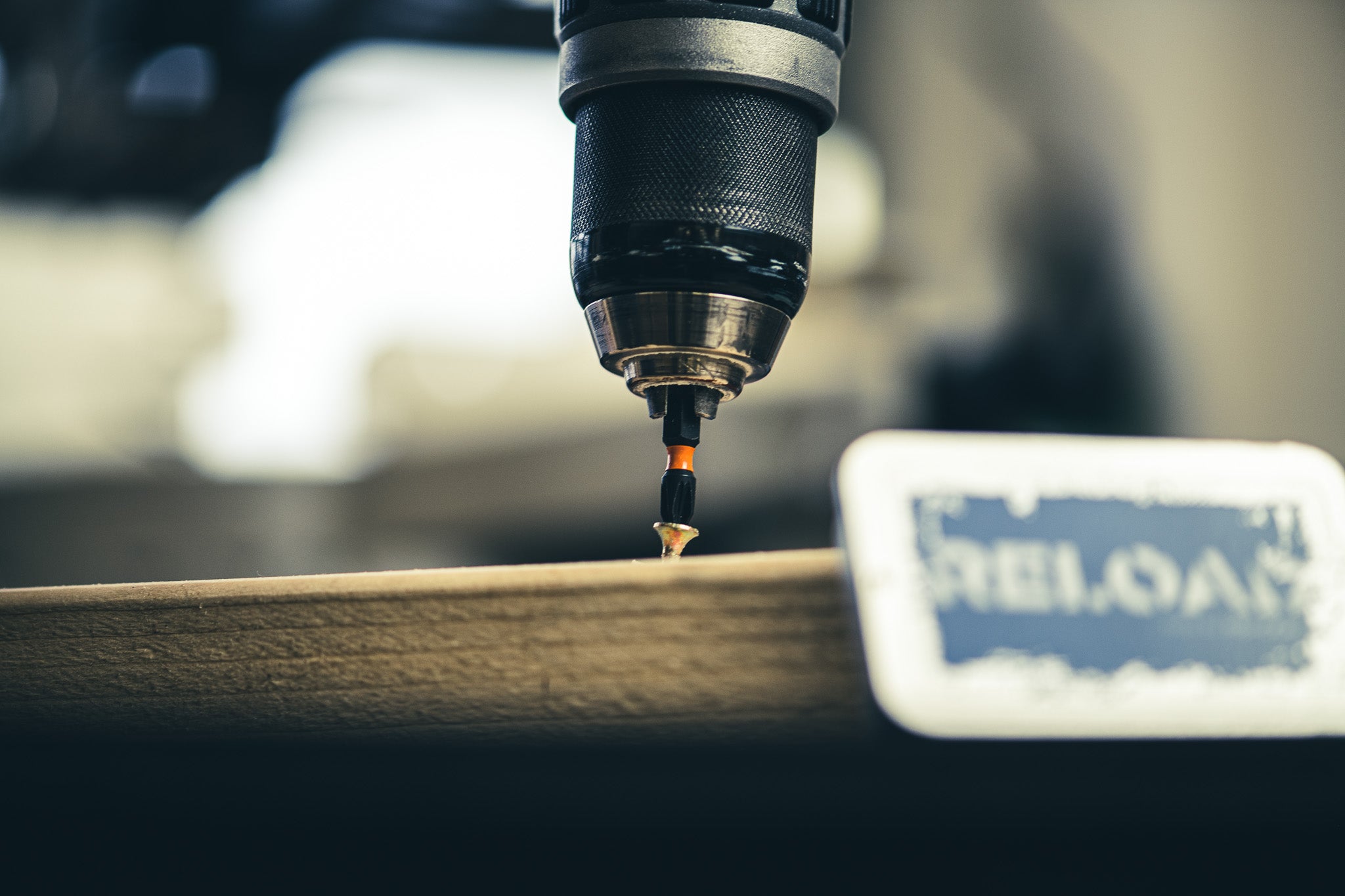FAHR-uh-dayz law
noun
A law of electromagnetism stating that the induced electromotive force in a closed circuit is equal to the rate of change of magnetic flux.
Example usage: The electricians had to consider Faraday's Law when wiring up the building.
Most used in: Engineering and construction projects in the United States.
Most used by: Electrical engineers and electricians.
Popularity: 8/10
Comedy Value: 2/10
Also see: Faraday's Law of Induction, Electromagnetic Induction, Mutual Induction, Lenz's Law,
Understanding Faraday's Law: A Guide for Electricians
Faraday's Law is an important concept for electricians to understand. It is a law of physics that explains how a changing magnetic field can induce an electric current. It was first discovered in 1831 by English physicist Michael Faraday and has been used in a variety of electrical applications ever since.
The law states that the magnitude of the induced electromotive force (EMF) in a closed circuit is equal to the rate of change of the magnetic flux through the circuit. In other words, when the surrounding magnetic field changes, an electric current is produced. This is known as electromagnetic induction.
Faraday's Law is used in a variety of electrical applications, including transformers, electric generators, and electric motors. It is also used in the design of electrical circuits and in the development of new energy sources. According to the U.S. Energy Information Administration, electric power accounted for about 40% of total U.S. energy consumption in 2018.
Overall, Faraday's Law is an essential concept for electricians to understand. It helps electricians to design and build electrical systems and provides a foundation for the development of new energy sources.
.The Origin of Faraday's Law
Faraday's Law is named after the English scientist, Michael Faraday (1791-1867). Faraday was a physicist and chemist who conducted pioneering research into electricity and magnetism. He is credited with discovering the principles of electromagnetic induction, which are now known as Faraday's Law.
Faraday first published his work on electromagnetic induction in 1831, in a paper entitled 'Experimental Researches in Electricity'. In this paper, Faraday outlined the basic principles of electromagnetic induction, which later became known as Faraday's Law. Faraday's Law states that the electromotive force (EMF) generated in a circuit is equal to the rate of change of the magnetic flux.
Faraday's Law has been used in the construction of electricians ever since its discovery. It is used to calculate the voltage of a circuit, as well as the amount of current it can produce. Faraday's Law is also used in the design of electric motors, which are used in a variety of applications, such as automobiles and appliances.
Faraday's Law is a fundamental law of electricity and magnetism, and it is still used in the construction of electricians today. It is a testament to the groundbreaking research conducted by Michael Faraday in the early 1800s.




